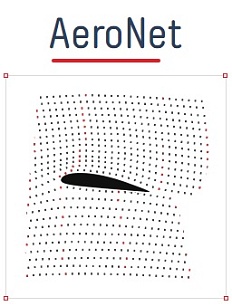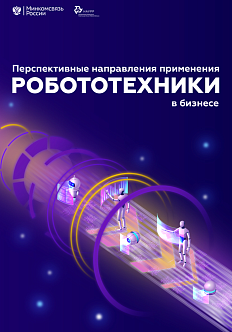Monolithic telecom infrastructure based on proprietary hardware and closed interfaces has failed to provide the flexibility, scalability and degree of automation that is required in the era of 5G.
Technology developments in the fields of hardware and software disaggregation, network function virtualization and containerization allow for radical architectural changes across mobile network domains. Yet, to fully reap the benefits of network virtualization, telco operators need to rethink sourcing and deployment models as well as corresponding organizational setups.
The Roscongress Foundation presents the salient points of the publication accompanied by fragments of broadcasts of relevant panel discussions from the business programme of international events held by the Roscongress Foundation.
Today’s mobile networks are in a constant race to keep up with growing demand in coverage, capacity and customer experience. Achieving these objectives requires rethinking traditional mobile network architecture.
Monolithic telecom infrastructure based on proprietary hardware and closed interfaces does not provide the flexibility, scalability and degree of automation that mobile players increasingly need. Hence, novel (for the telecom sector, yet not ICT as a whole) architecture concepts are taking hold. These include:
· Edge and far-edge data center (DC) infrastructure
· Disaggregation of hardware (HW) and software (SW) (i.e., using commercial offthe-shelf compute storage and networking hardware)
· «Softwarization» and virtualization of network functions — End-to-end software-defined networks (SDNs) allow for the scalability and automation required for future 5G use cases.
· Open interfaces
· Containerization of software
Although some of these trends have been around for some time, we now see three key market trends acting as catalysts for the large-scale adoption of these technologies in the near future:
1. Interoperability of vendors within and between the individual network domains (RAN, transport, core and orchestration) is developing at a rapid pace based on standardizations such as Open RAN (O-RAN Alliance).
2. As a consequence of this expansion, the vendor landscape has drastically broadened, leading to the availability of competitive solutions for all network domains on the market, thereby fostering a clear paradigm shift of traditional as well as «new» network equipment providers (NEPs) to move from monolithic telecom network infrastructure to softwarebased IT solutions.
3. We consider integration efforts and risk for decoupled and disaggregated solutions to be reasonable given expected network TCO savings of up to 40 percent and the establishment of an ecosystem of suitable integration partners.
Leading operators across the globe have already taken the first steps toward these target networks.
Telecom operators should make use of new technologies to transition from legacy network architecture to a flexible, virtual, open and automated network that is more resilient and programmable, enabling adjustment in the face of unforeseen future market demands.
Time will tell if telcos can achieve such a transition while managing the migration effort efficiently. It is our strong belief that such a shift requires not only significant financial and operational investment but also a transformation in the organizational setup and capabilities.
Disaggregation of hardware and software in combination with subsequent network function virtualization allows for moving toward greater vendor diversity and ultimately raises the strategic question of whether to buy pre-integrated solutions from traditional network equipment providers or to source highly specialized IT-based solutions from upcoming «new kids on the block» vendors. To answer this question, operators must weigh cost and risk profiles versus openness, agility and innovativeness of their target network designs.
Mobile operators will no longer be able to work in separate silos (e.g., with isolated teams for RAN, transport, core and systems). Rather, organizations will have to establish a «network architecture» team responsible for the orchestration of the entire network and to increase cross-segment coordination. Moreover, telco operators will need to broaden the technical capabilities of their network teams. These include those competencies associated with IT in order to orchestrate the cloudification of all network segments and establish new, iterative cycles of working as opposed to rigid plan-build-run cycles.
For more information, please see the Telecommunications, special section of the Roscongress information and analytical system, Digitalization and Infrastructure-based development.






